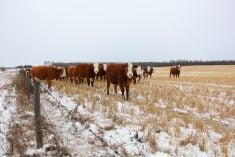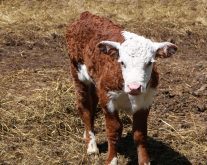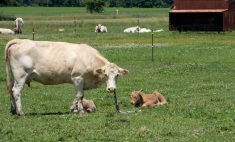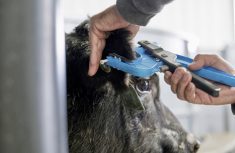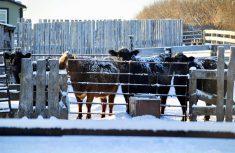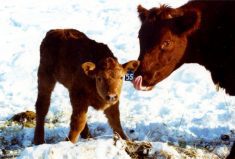While the goal is to always have vigorous calves that nurse right away, and maternal cows that bring them up right, illness and suckling issues can be a reality. Esophageal feeding, or “tube feeding,” is essential when a calf requires colostrum, or if you are treating dehydration in a sick calf. Knowing how to properly tube-feed a calf is critical to support calves when they are at their most vulnerable. Here are a few tips for tube feeding calves:
- Always have two esophageal feeders: one for sick calves and the other for feeding colostrum to healthy calves. This will prevent disease and pathogen transmission from sick to healthy calves.
- Prevent aspiration with proper positioning. The calf can be standing, sitting, or lying down with the head in a neutral position above the stomach.
- Open the mouth and pass the empty tube over the tongue to the back of the mouth. Allow the calf to swallow the tube so that it easily passes into the esophagus.
- Never force the tube down. If there is resistance, pull the tube out and try again.
- Remember the “two-tube rule:” Once the tube is placed, you should be able to easily palpate both the enlarged esophagus and the trachea (windpipe). If both cannot be felt, you do not have proper positioning. Remove the tube and start again.
- The liquid being delivered to the calf should always be at body temp (38 C) to prevent shock in an already weak calf.
- Allow the feeder to empty slowly. This can take upwards of three minutes. Slow feeding will reduce the risk of regurgitation, preventing aspiration into the lungs.
- Clip or kink the tube after feeding to prevent excess fluids from draining as the tube is being pulled out. This cuts aspiration risk.
- Clean and sanitize the tube and feeding apparatus after every feeding.
It can be stressful when a calf needs to be tube fed. However, understanding proper technique and the physiology behind it can not only save lives, but will also improve the overall health of your herd. For more information, please visit the Calving and Calf Management page.



